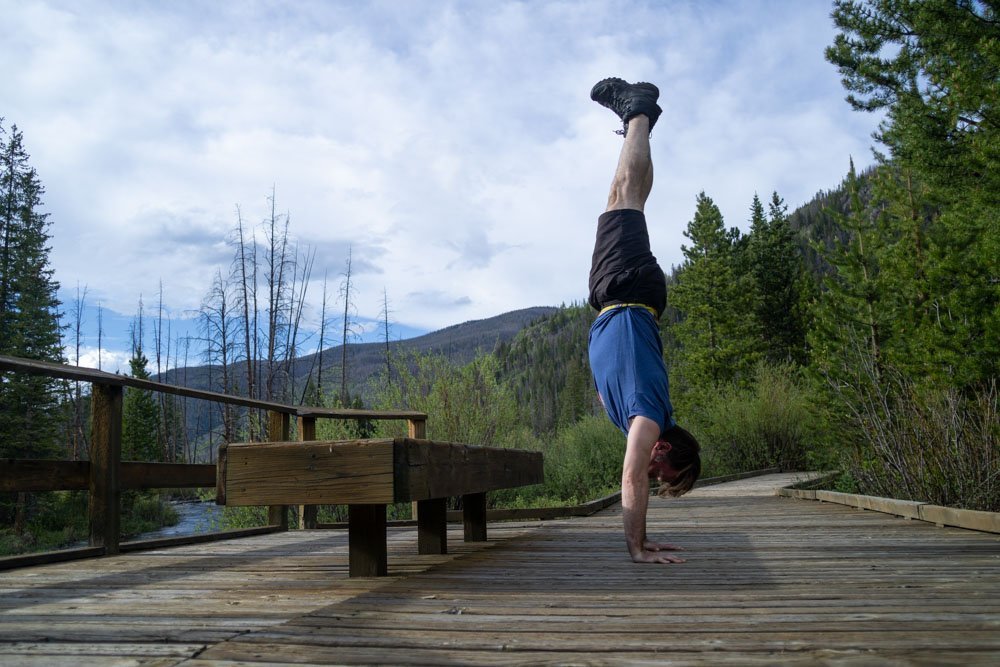Teacher Spotlight on Derek "Pashupa" Goodwin
Practice with Derek
Join Pashupa & the Bhakti Barnacle Band on the third Friday of every month for “An Evening of Sacred Songs”.
Do you remember your first yoga class? What was it like? Why did you enroll?
I was in the desert southwest on a photography workshop, and one of the photo teachers was also a Kundalini practitioner. On a few of the days he led anyone who was interested in kriyas and breathwork as the sun rose, and it was magical. It took me several years to back to yoga, but that experience left a profound effect.
Are there any preconceived notions you had about yoga that changed over time?
In the beginning I had a notion that the word “yoga” described a specific philosophy and set of practices. Now I see it as a forest of physical practices nourished by a mycelial network of philosophies that have evolved over millennia. Like the mycelium, India’s spiritual landscape is woven through with philosophies/spiritual paths such as Vedantic, Tantric, Raja Yoga, Karma Yoga, Jñāna yoga, Bhakti Yoga, Hatha Yoga, and Buddhism. They have been in conversation and debates with one another since their births. I now see yoga as a process of questioning preconceived notions and continually refining our understanding of our relationship to the divine.
What have you gained from your yoga practice?
Profound love. Being present in the moment. Deep friendships. A flexible spine and youthful hamstrings.
Why did you want to become a teacher?
Yoga has brought ease to my body, healing to my heart, and provided a path for my spirit. I feel grateful and want to share it. I strive to use my time on Earth helping others, and reminding them that this life is sacred.
How would you describe your teaching style?
I am on a journey with music, mantra, and mnemonics these days. I like to begin class sharing a mantra. That’s the way sacred texts were remembered before they were written down, so it is a connection to the roots of yoga. I approach the asana practice like music. Each class is a song that has peaks and valleys, moments of silence and vinyasa sequences building into crescendos. I tell stories and make jokes. I move around the room and make sure students are practicing safely.
How do you want a student to feel after your class?
I want students to feel what they need to feel. Sometimes it will be emotional elation and comfort in the body, sometimes it will bring up difficult emotions or show us the limitations of our physicality. Yoga is about growing as a human. I hold a safe space for any emotional content, and I do my best to protect my student’s bodies by explaining alignment principles and giving alignment cues as I watch them practice. I make myself available after the class to offer advice or listen to them share their experience. I want students to feel seen, heard, and cared for.
How does yoga inform your activism?
I came to yoga through vegan activism. The yamas (how we treat others) and niyamas (how we work on ourselves) as described in the Yoga Sutras are informative. To be an effective activist, we start by treating all other beings with respect and dignity, living in a way that causes the least harm, being honest and respectful. Simultaneously, we work on ourselves from the inside; through cleanliness, contentment, self-discipline, and self-reflection. Finally, we realize that the way to be most effective is to do all of these things for others, and surrender the results to god, or the universe, or whatever our sense of greater purpose is. Suffering comes from trying to force our will upon the world, happiness comes from being our best selves and finding peace with the results. Happiness is contagious. We change the world through our own example of compassion and self discovery.



